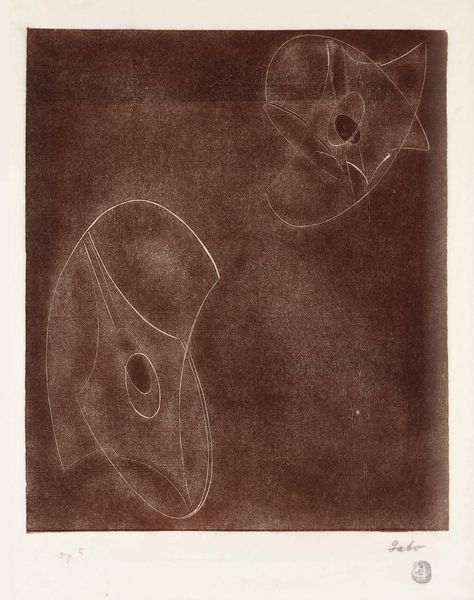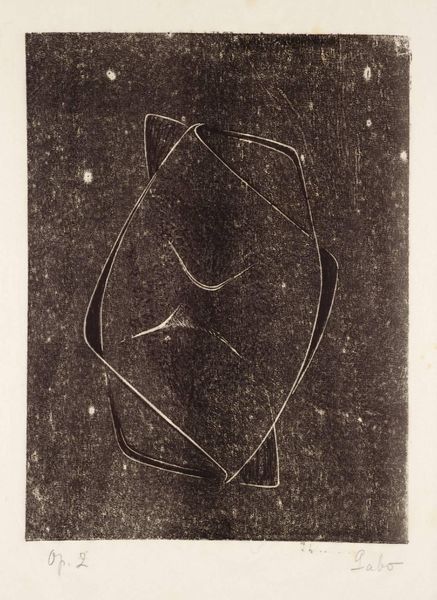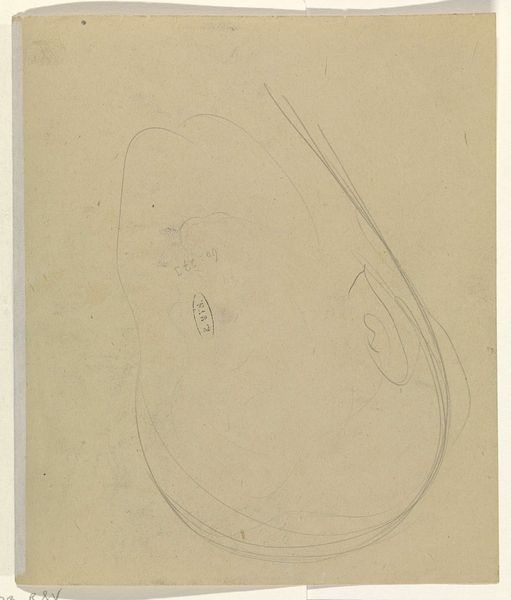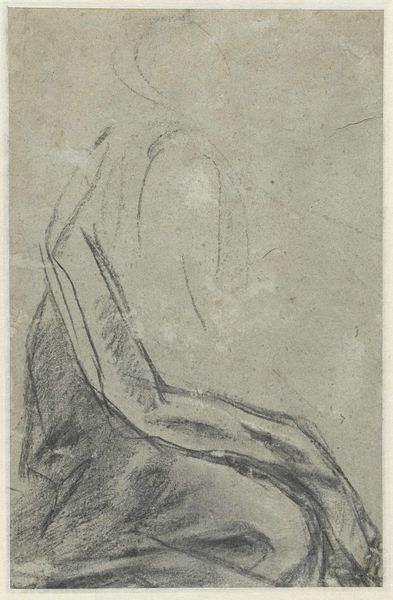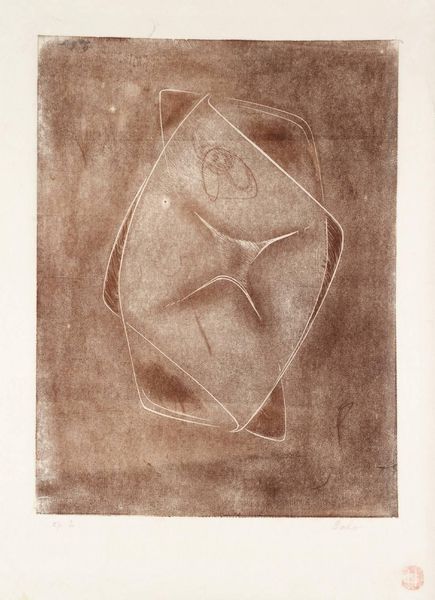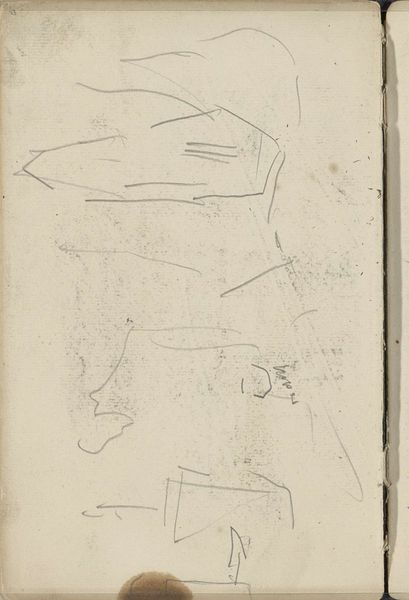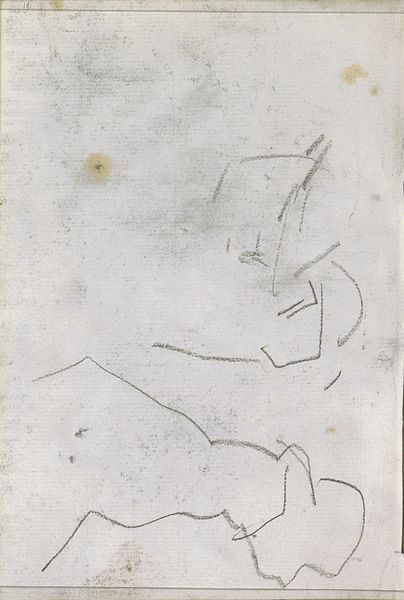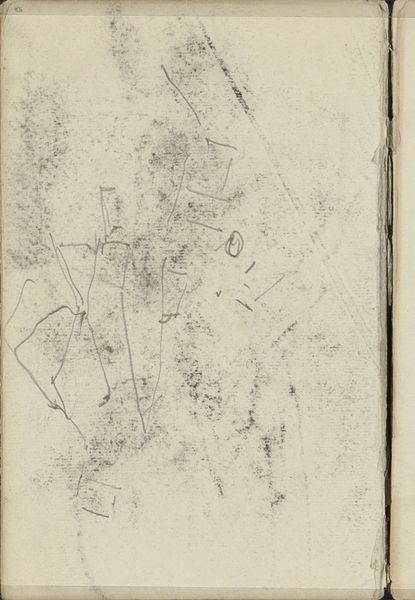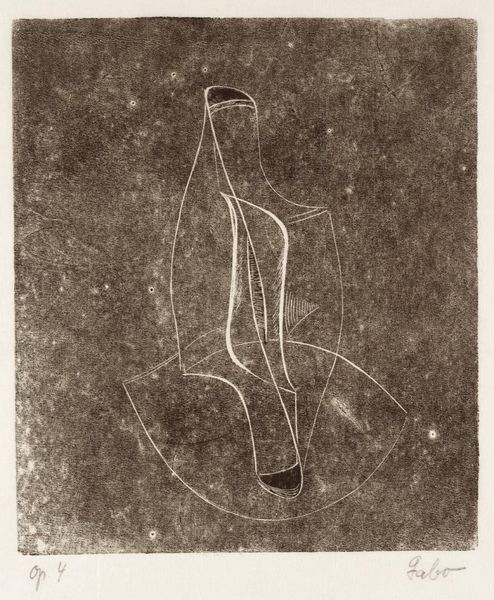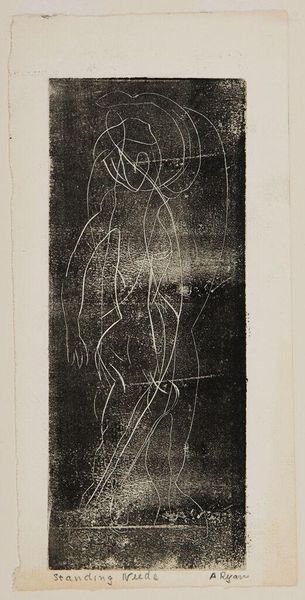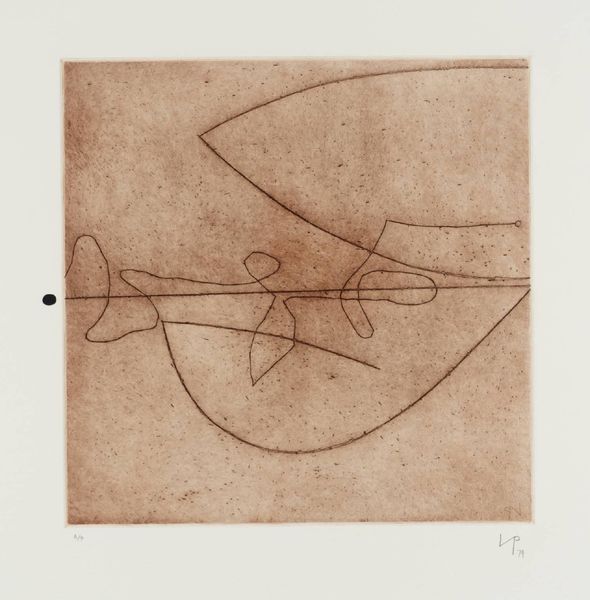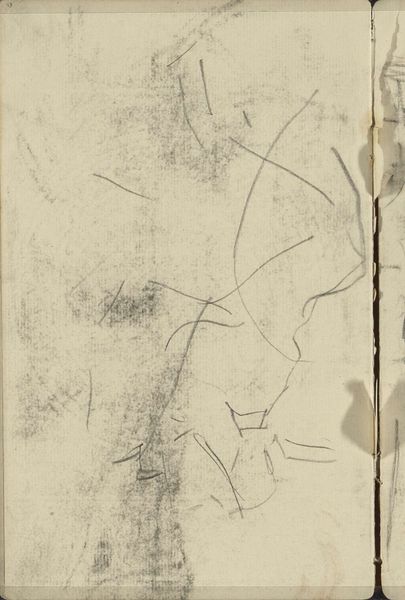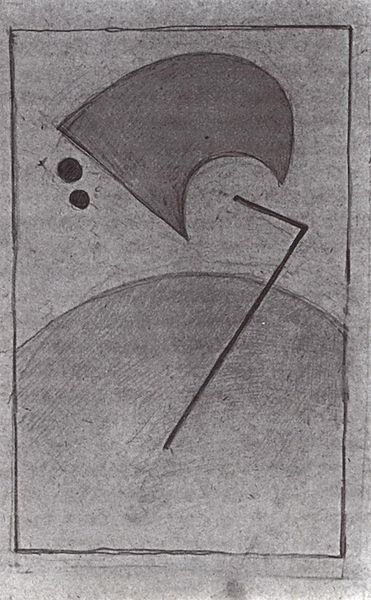
Dimensions: image: 242 x 205 mm
Copyright: The Work of Naum Gabo © Nina & Graham Williams/Tate, London 2014 | CC-BY-NC-ND 4.0 DEED, Photo: Tate
Editor: This is Naum Gabo's "Opus 5," held at the Tate. It looks like a print. The geometric shapes remind me of constellations. What do you see in this piece? Curator: The forms evoke primal symbols. Consider the circle, the triangle, the implied line, all recurring across cultures. Do they stir a collective memory within you? Editor: A little, I guess? It feels more futuristic than ancient. Curator: Perhaps. But the visual language of geometry itself is ancient. Gabo uses it to build new mythologies, new ways of seeing. Doesn’t it feel like we are constructing something? Editor: Definitely a new way of seeing, for sure. I never thought about geometry as being so powerful, so connected across time. Curator: Visual symbols are more than mere shapes; they're echoes of shared human experience.
Comments
Join the conversation
Join millions of artists and users on Artera today and experience the ultimate creative platform.
tate 8 months ago
⋮
In 1935 the Russian-born artist Naum Gabo, a pioneer of abstraction, arrived in England as a refugee. He influenced the development of Modernism in the 1930s and 1940s and was associated with the artists Ben Nicholson and Barbara Hepworth, his neighbours in the fishing village of St Ives during the Second World War. After the war he moved to the USA. There are strong holdings of Gabo's work in the Collection as a result of his stay in England and of his friendship with a previous Tate Director, Sir Norman Reid. Gabo's celebrated geometric constructions (see Archive display) examine the object in space. These wood engravings reflect his sculptural concerns in a two-dimensional format. Gallery label, August 2004

